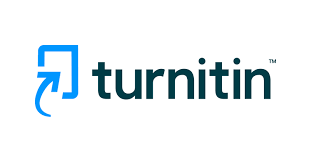Epidemiology of femur fractures resulting from accidents in the elderly population
DOI:
https://doi.org/10.51723/hrj.v3i16.292Keywords:
Femoral Fractures, Aged, Accidental InjuriesAbstract
Introduction: Studies describe a greater concern and growing incidence of diseases related to the elderly population, especially fractures of the femur, this emerges as one of the main health problems associated with the aging of the population, responsible for high rates of morbidity and mortality and compromised health. quality of life. Objective: to describe the main epidemiological characteristics of femur fractures in individuals aged 60 years or more, residents of the city of São Paulo, who suffered accidents and who were treated in the Brazilian public health system. Methods: This is a cross-sectional study, with a descriptive approach of accidents that occurred in the city of São Paulo, with the elderly population. Secondary data obtained from the SUS Violence and Accidents Information System (SIVVA)6 of the municipal health department of the city of São Paulo were analyzed, including people aged 60 years or older with a diagnosis of fractured femur, according to the 10th review of the International Classification of Diseases (ICD-10). Results: This study evaluated the secondary data recorded in the SIVVA-SUS on the distribution of femoral fractures (n=104) resulting from accidents caused by falls, mainly at the same level, in women (68.4%), residing in the city of São Paulo, from January to August 2021. In addition to the high morbidity and mortality in the elderly population, femur fractures are responsible for significant economic and social repercussions in Brazil and worldwide. Conclusion: the main victims of femur fractures resulting from accidental falls were women, between 70 and 74 years old, in their own homes.
Downloads
Published
How to Cite
Issue
Section
License
Copyright (c) 2022 Felipe Palumbo Rodrigues, Caio Vinicius Fonseca da Silva, Cintia Leci Rodrigues, Carlos Górios

This work is licensed under a Creative Commons Attribution 4.0 International License.
Esta licença permite que outros distribuam, remixem, adaptem e desenvolvam seu trabalho, mesmo comercialmente, desde que atribuam crédito à revista pela criação original.












